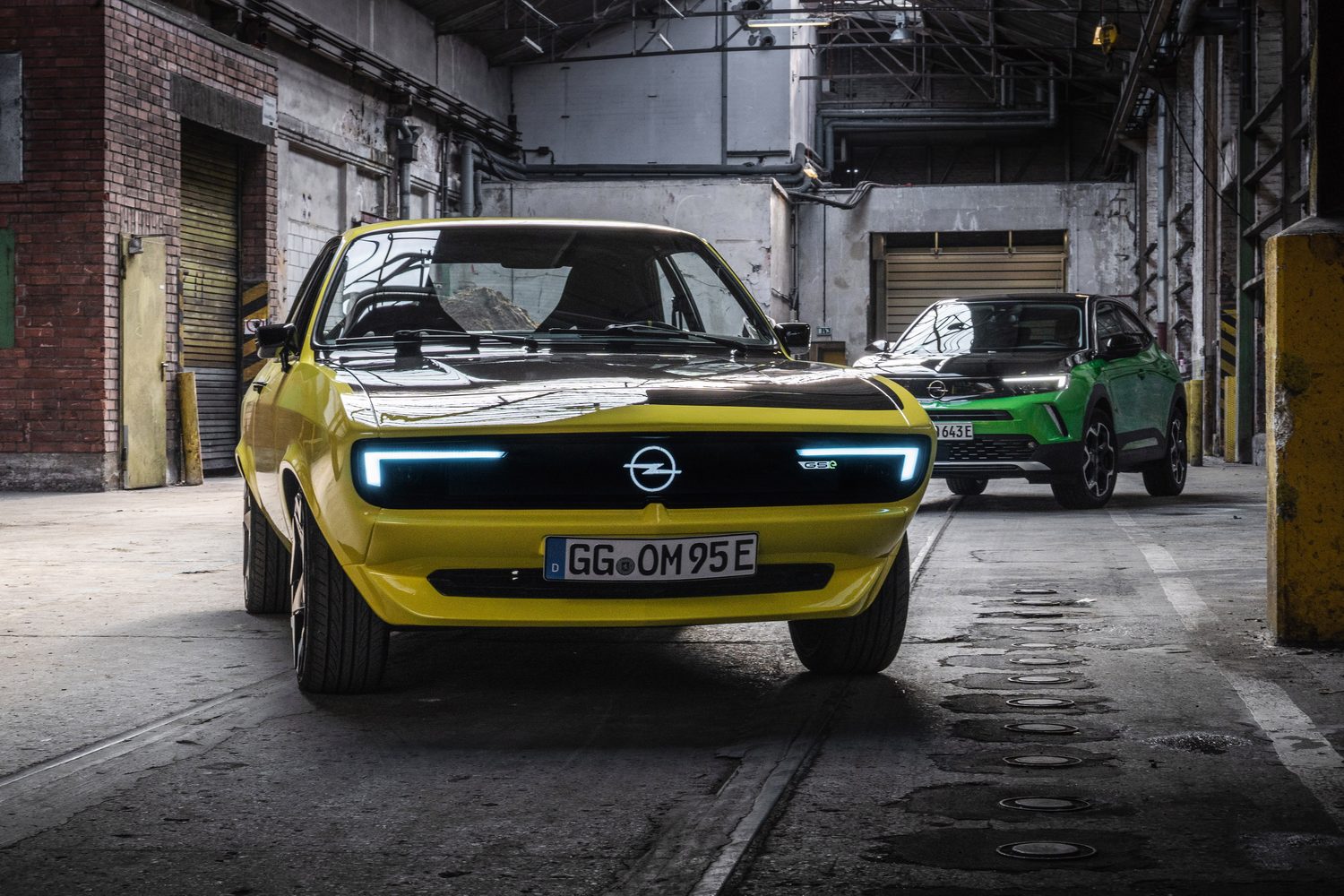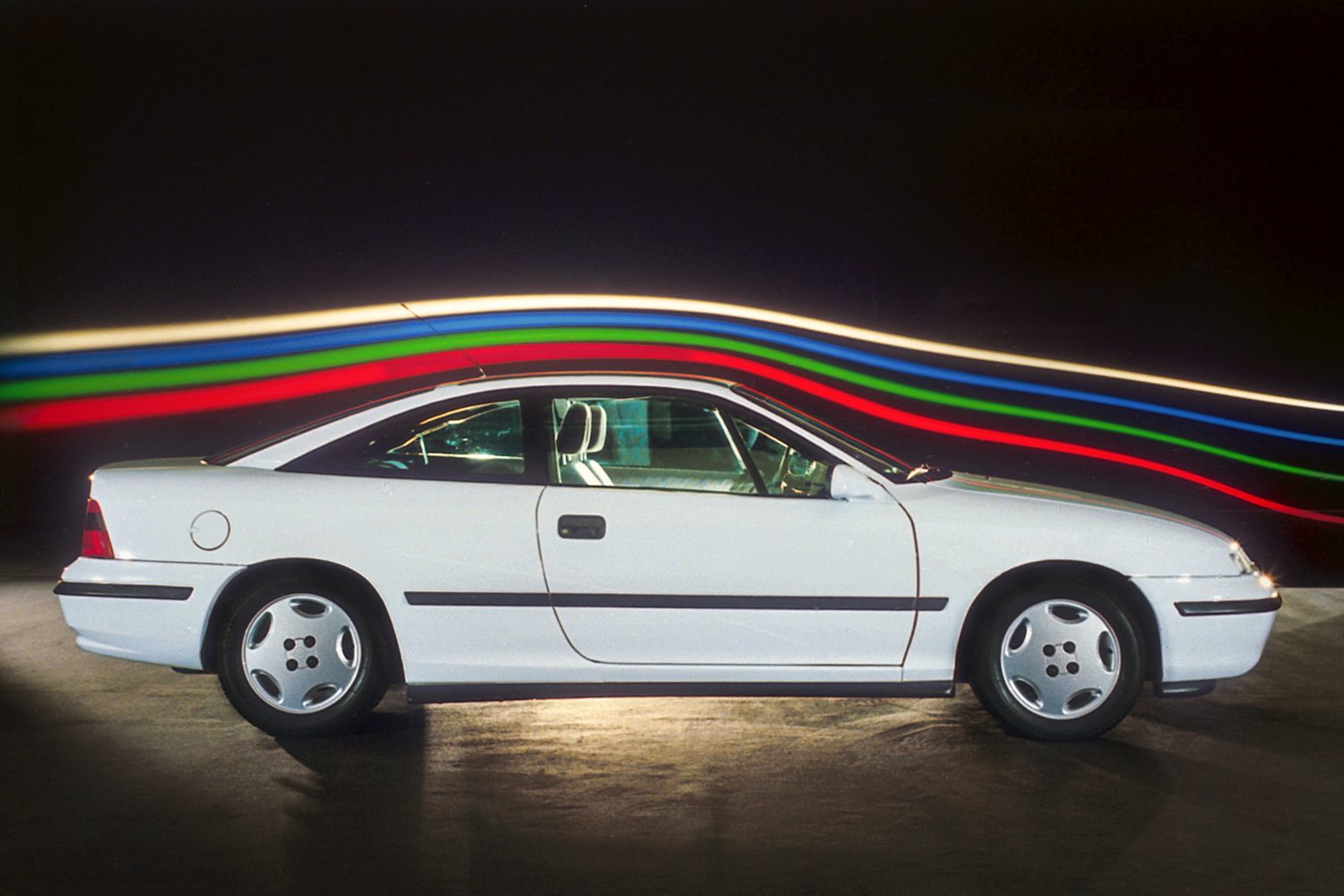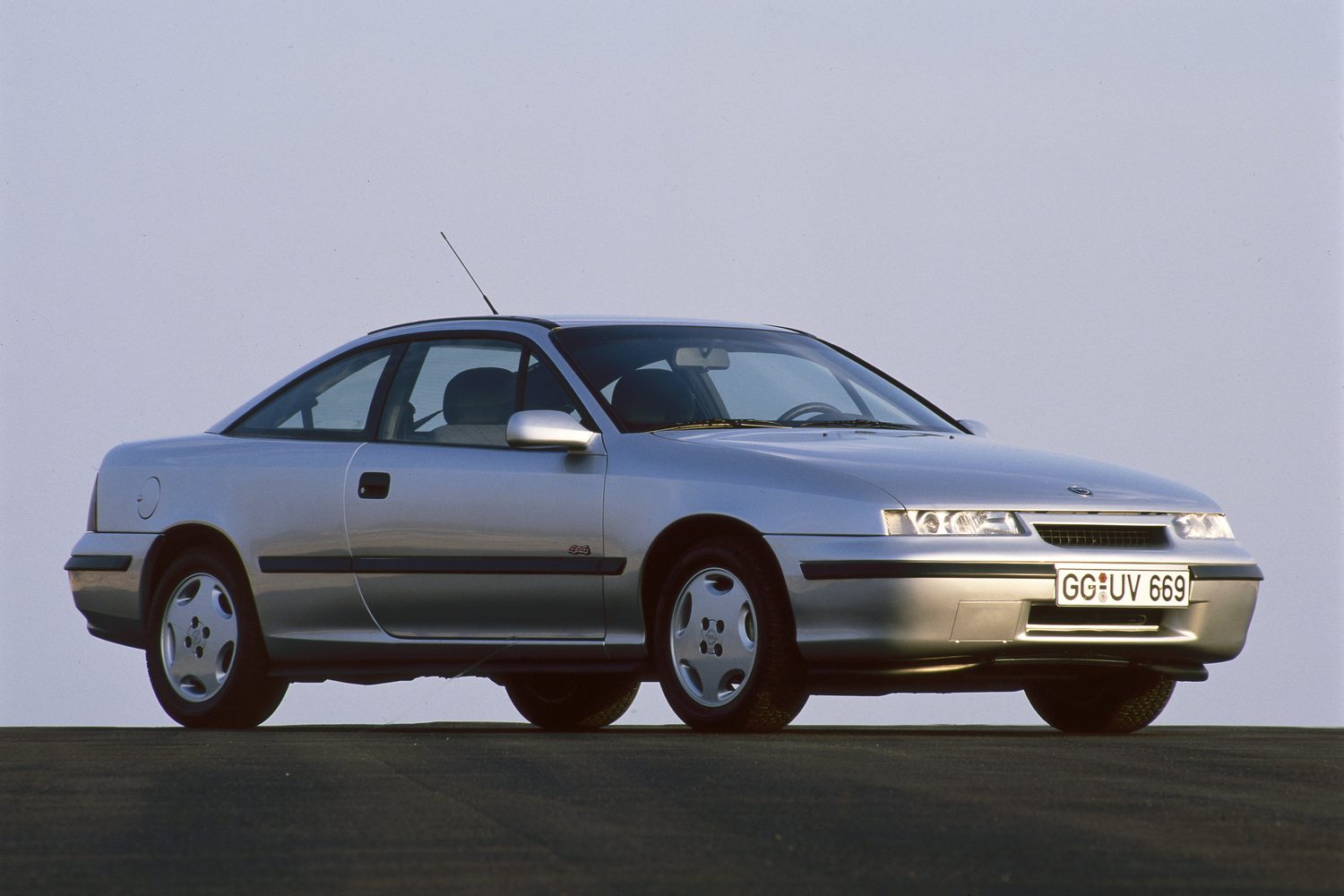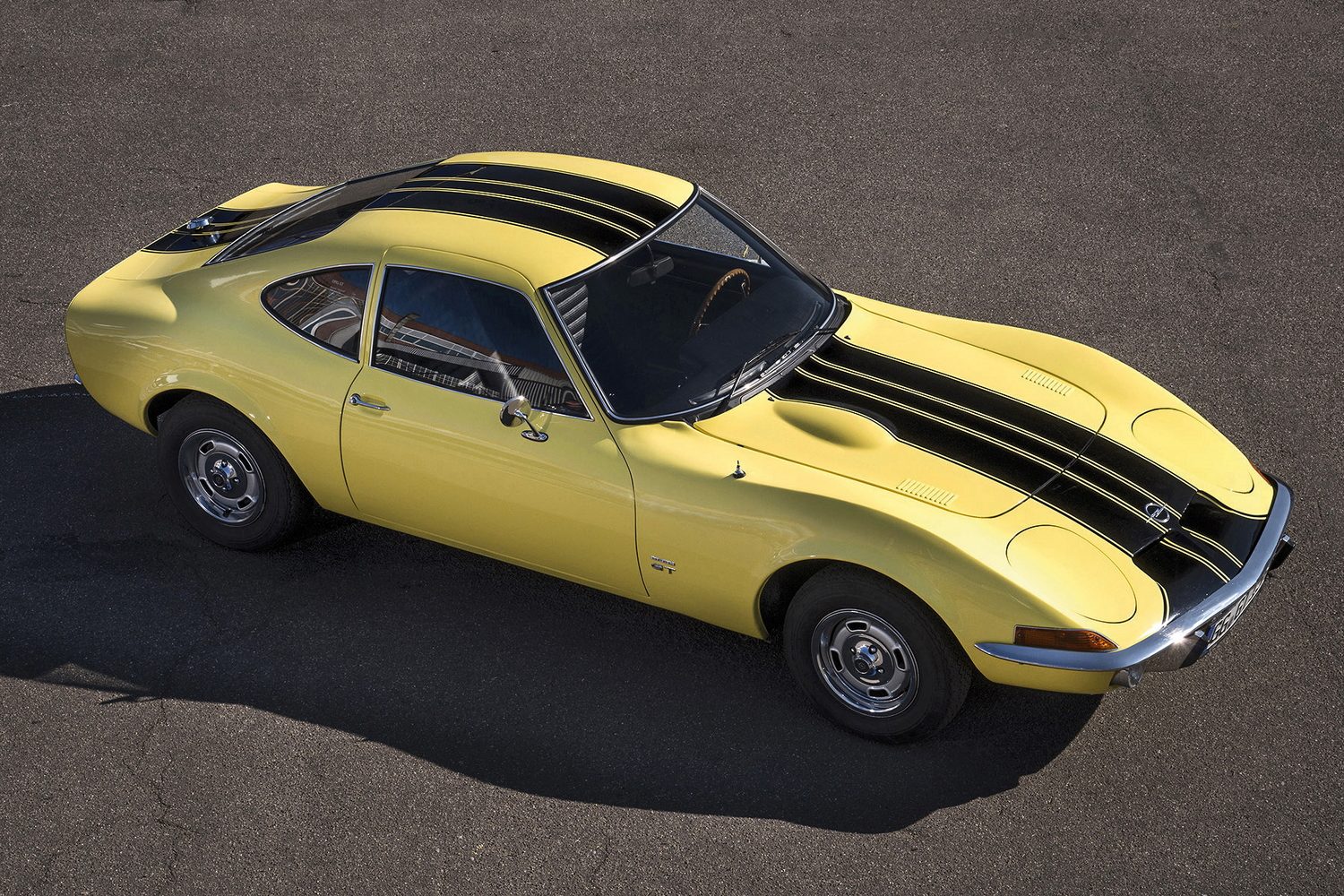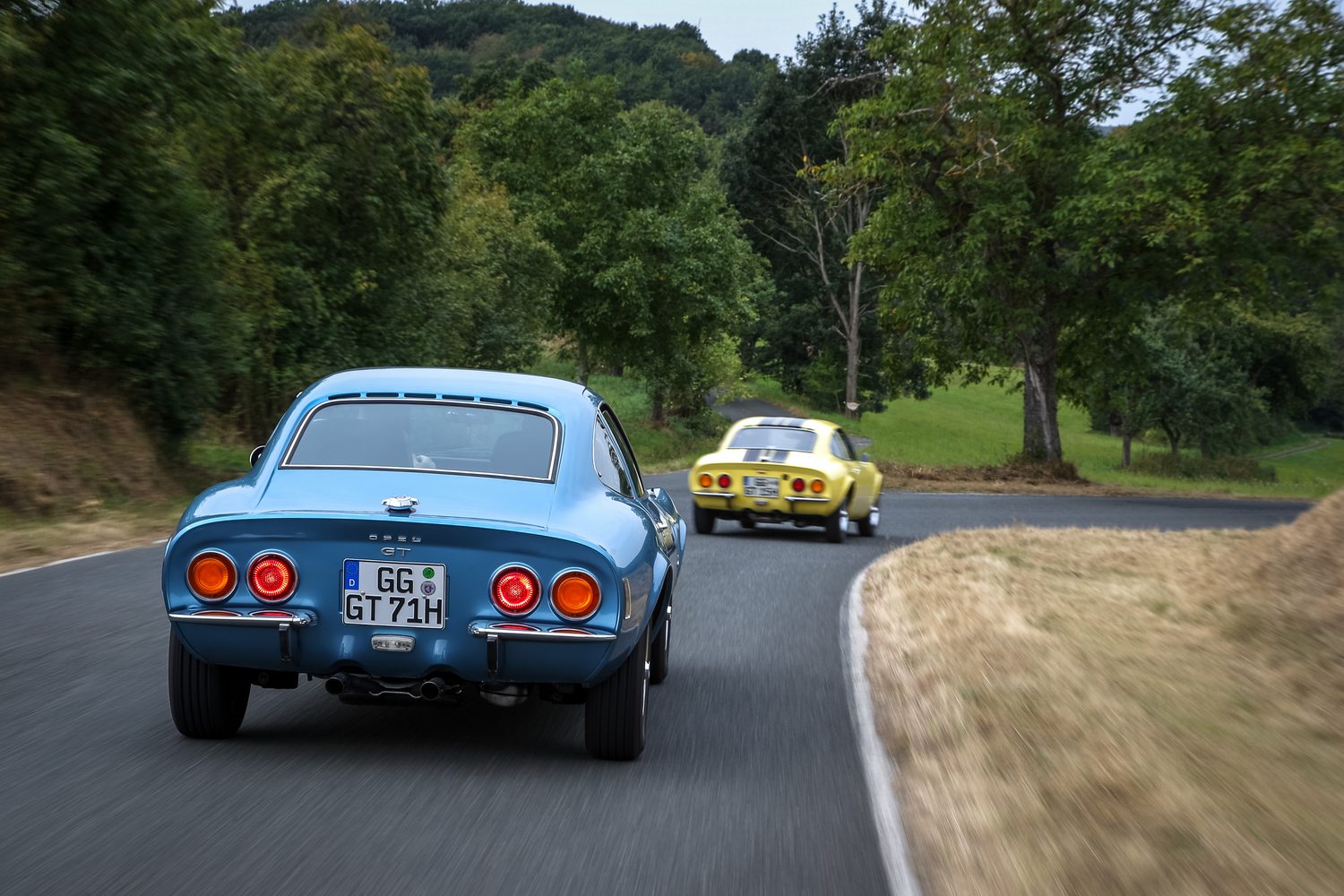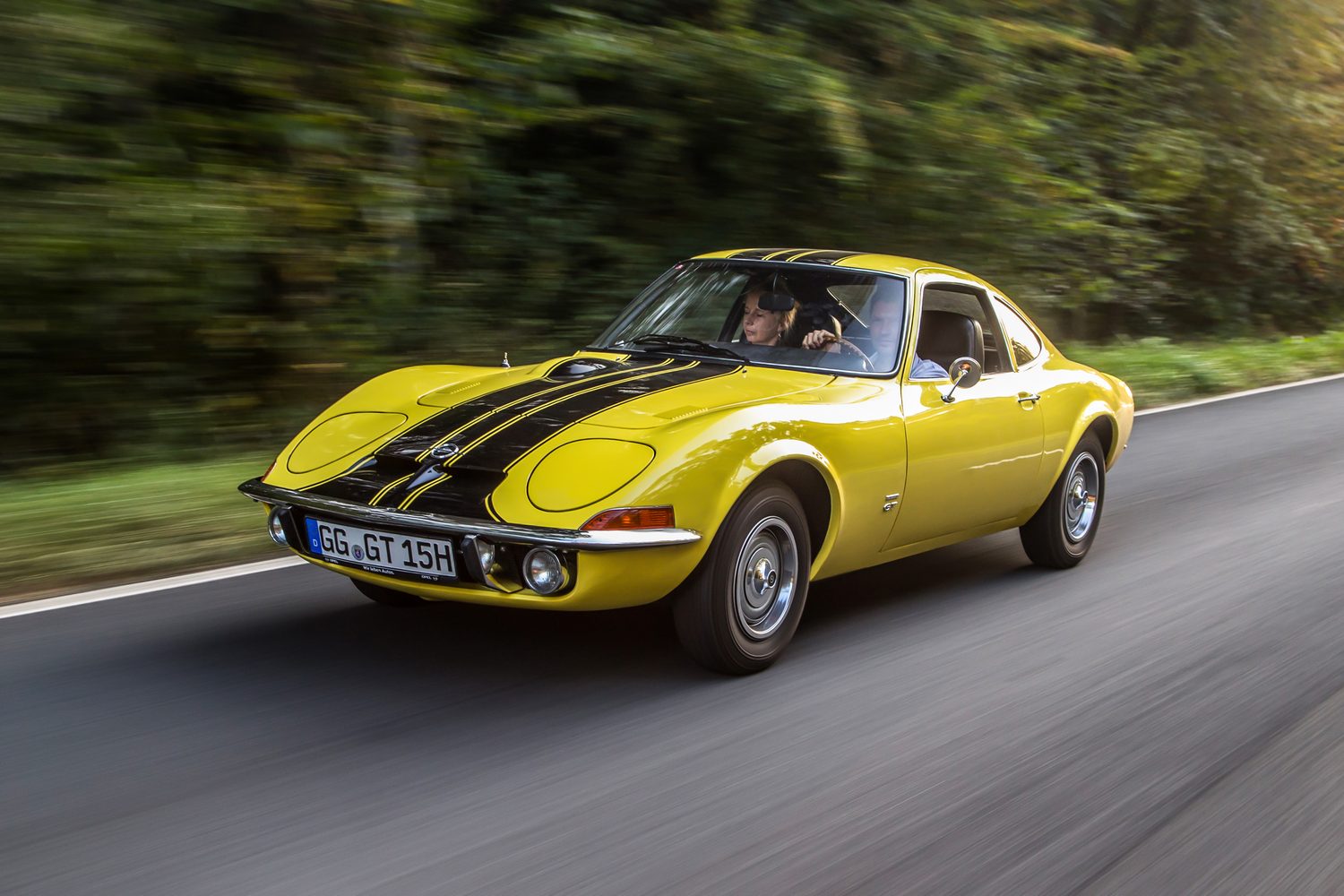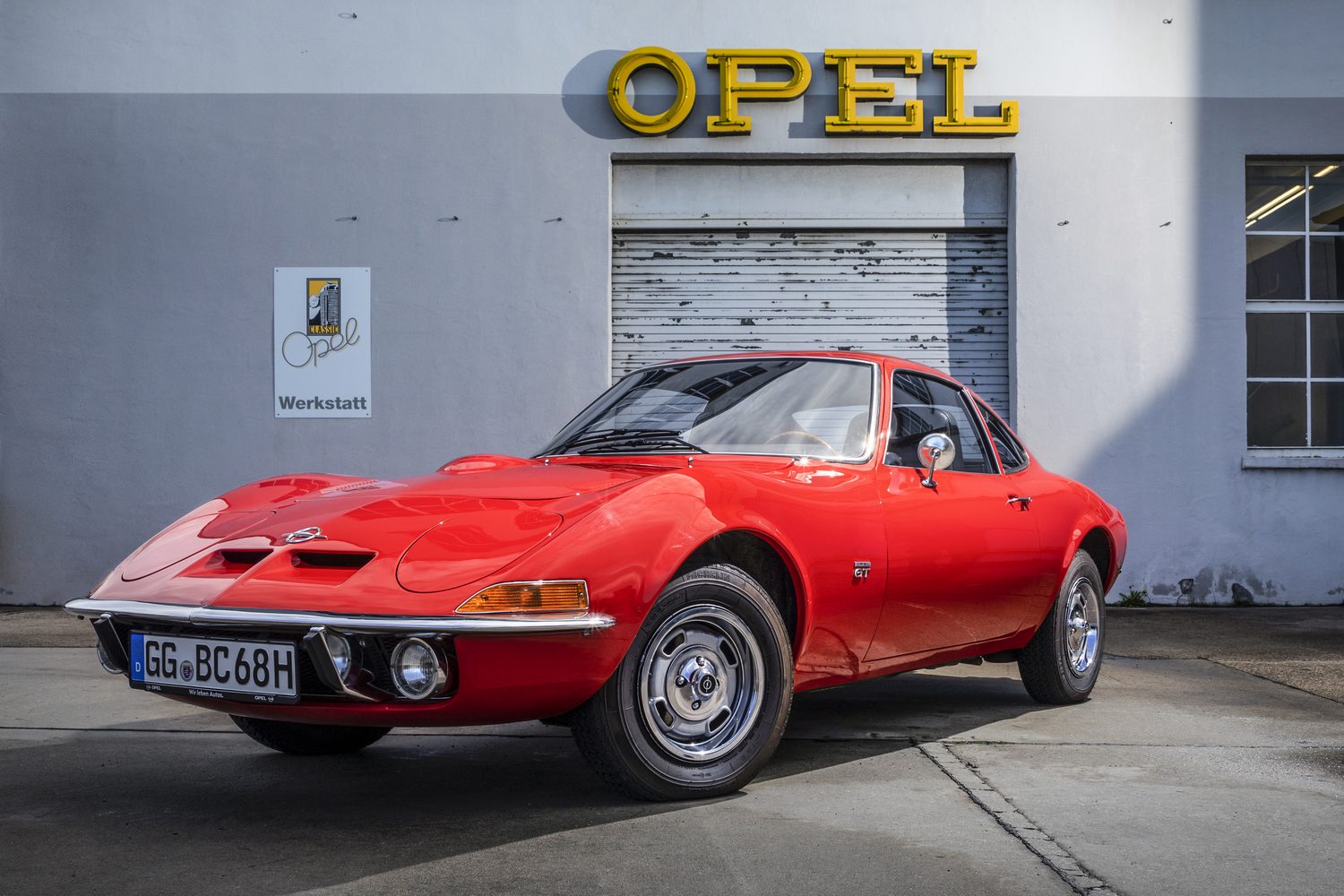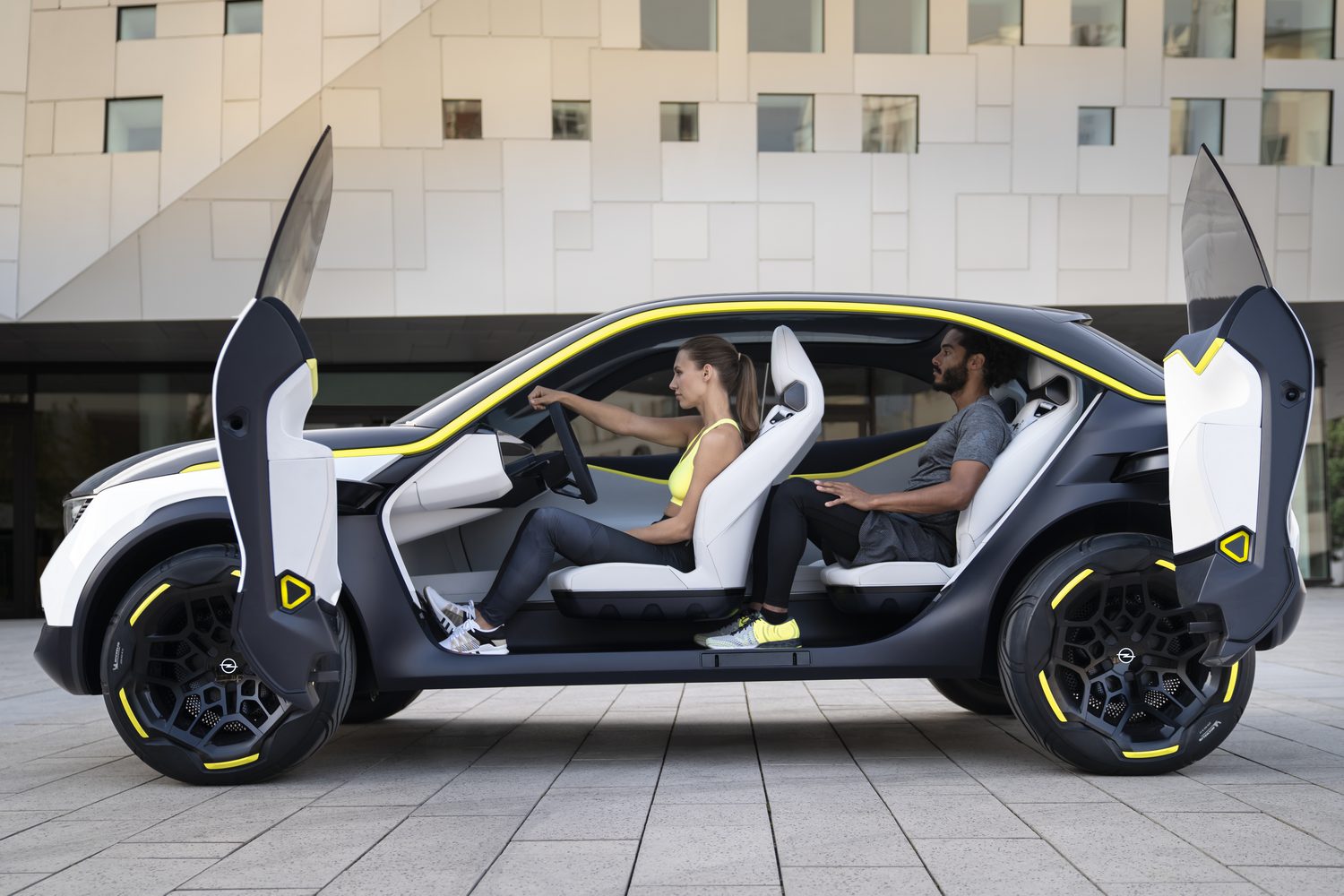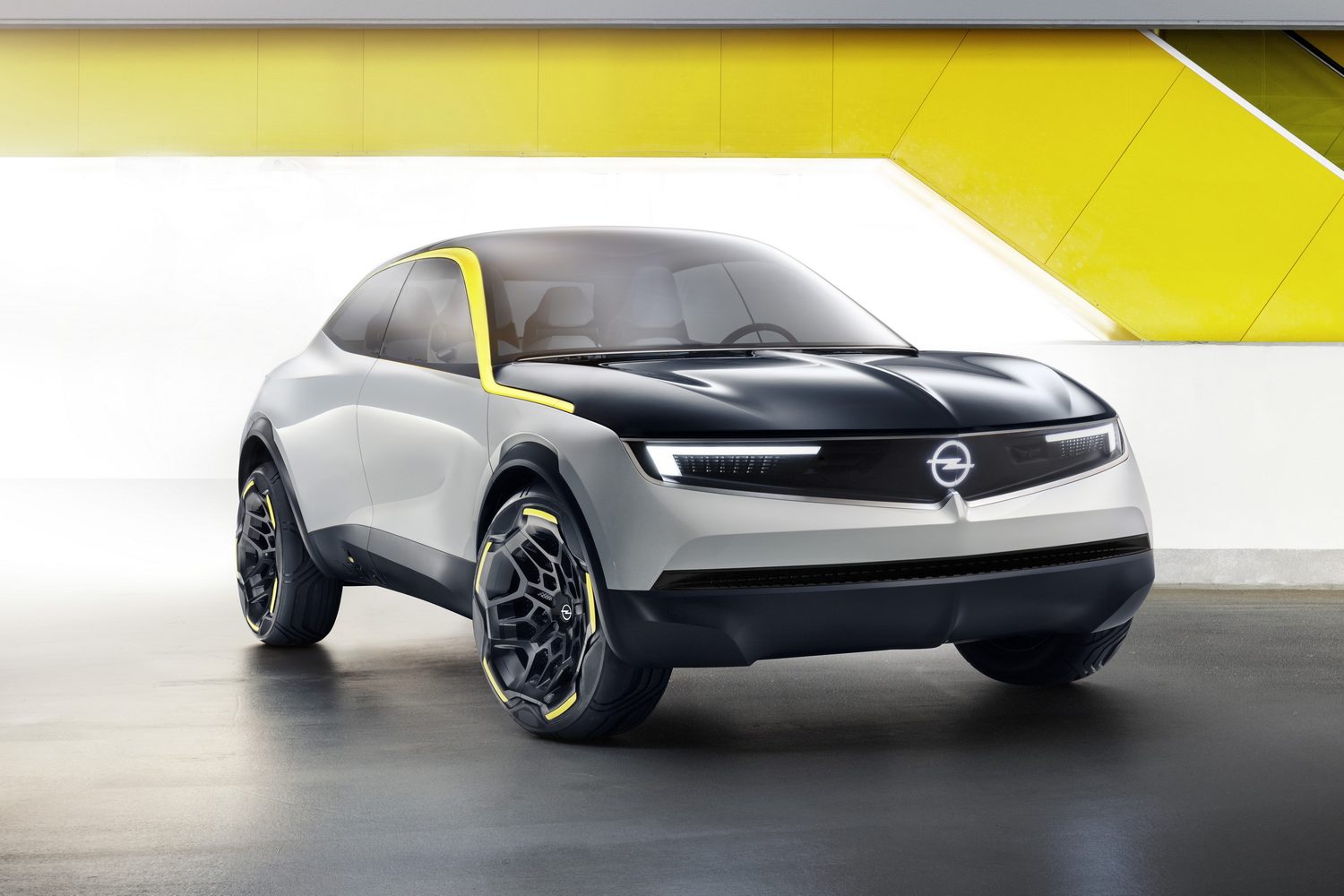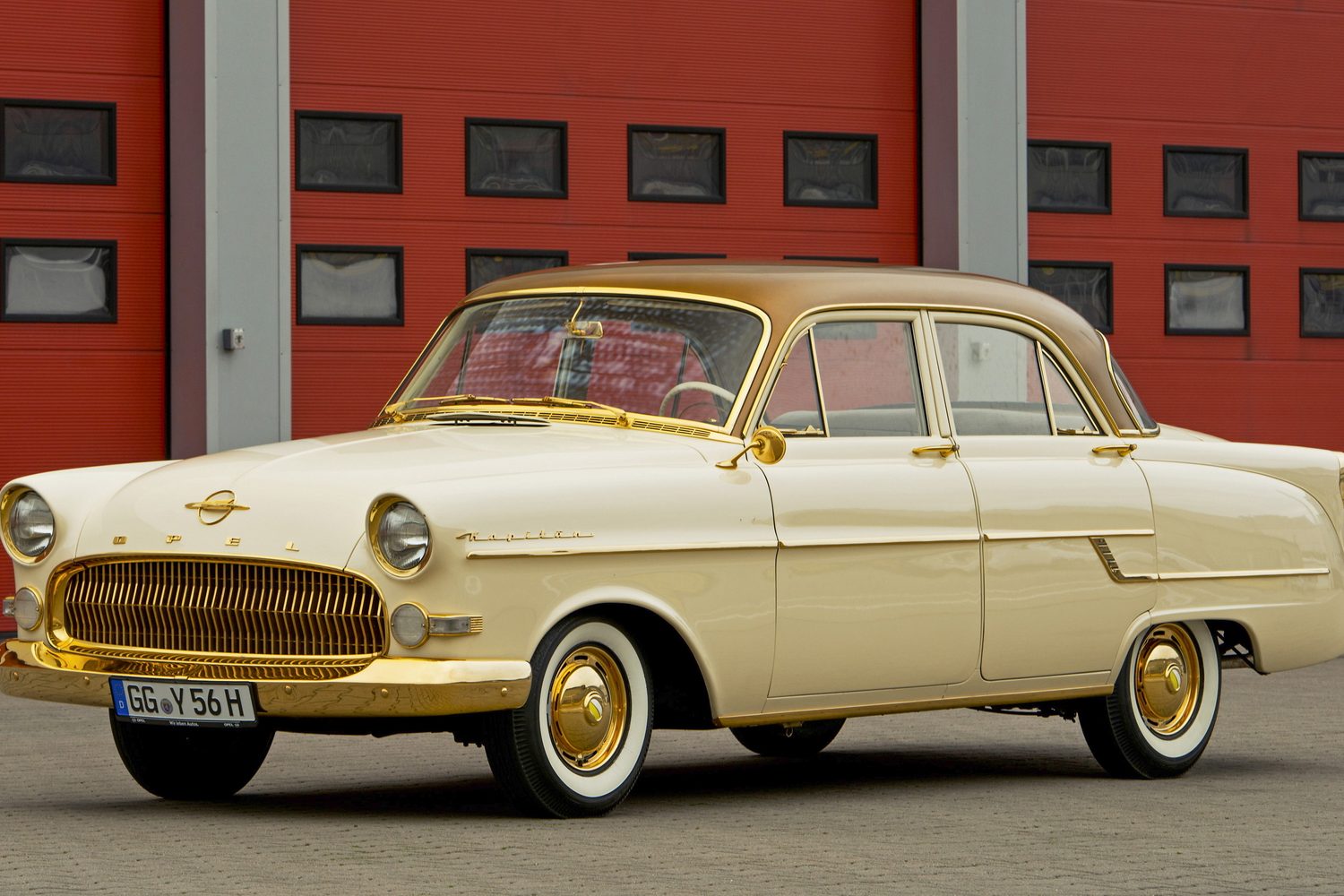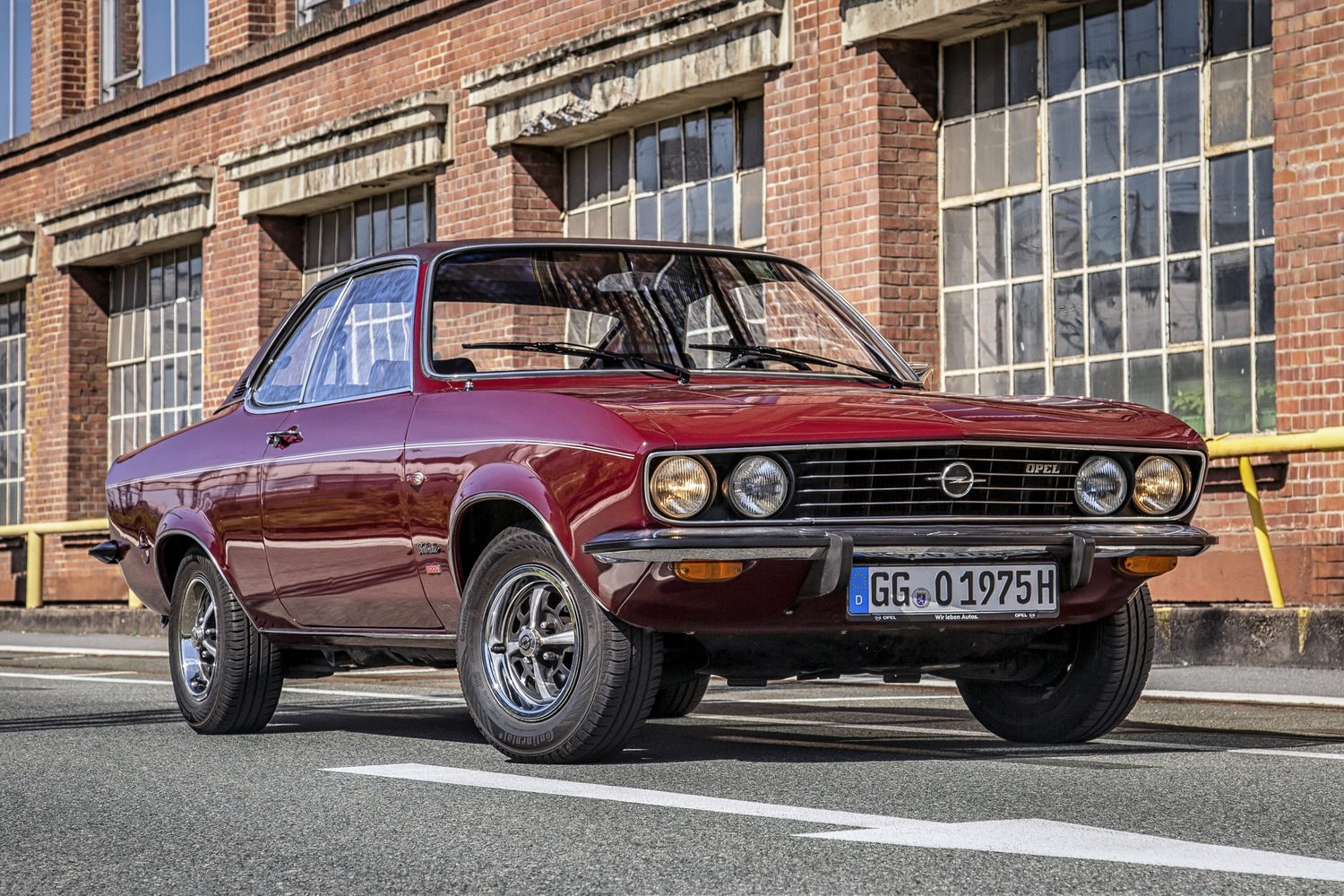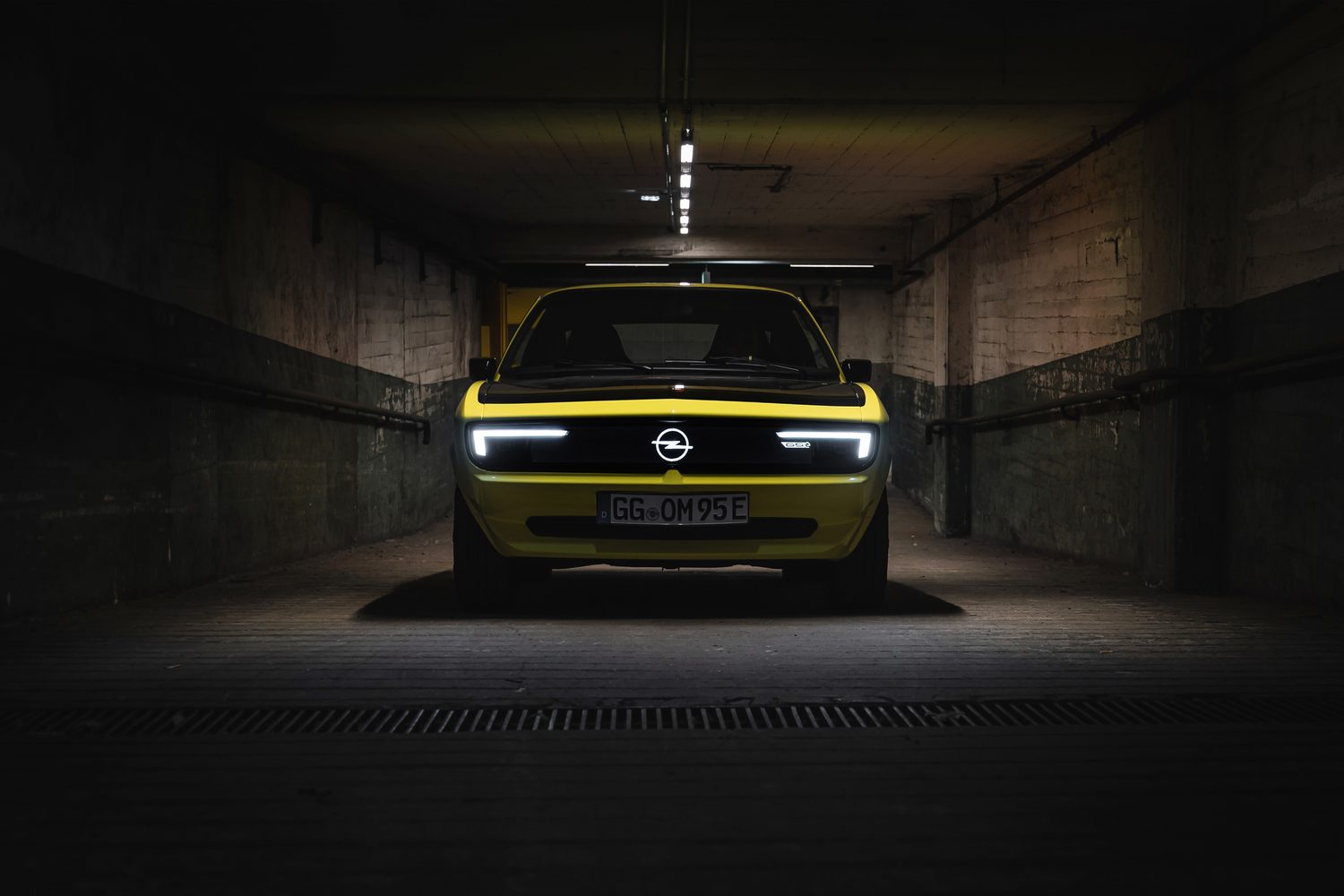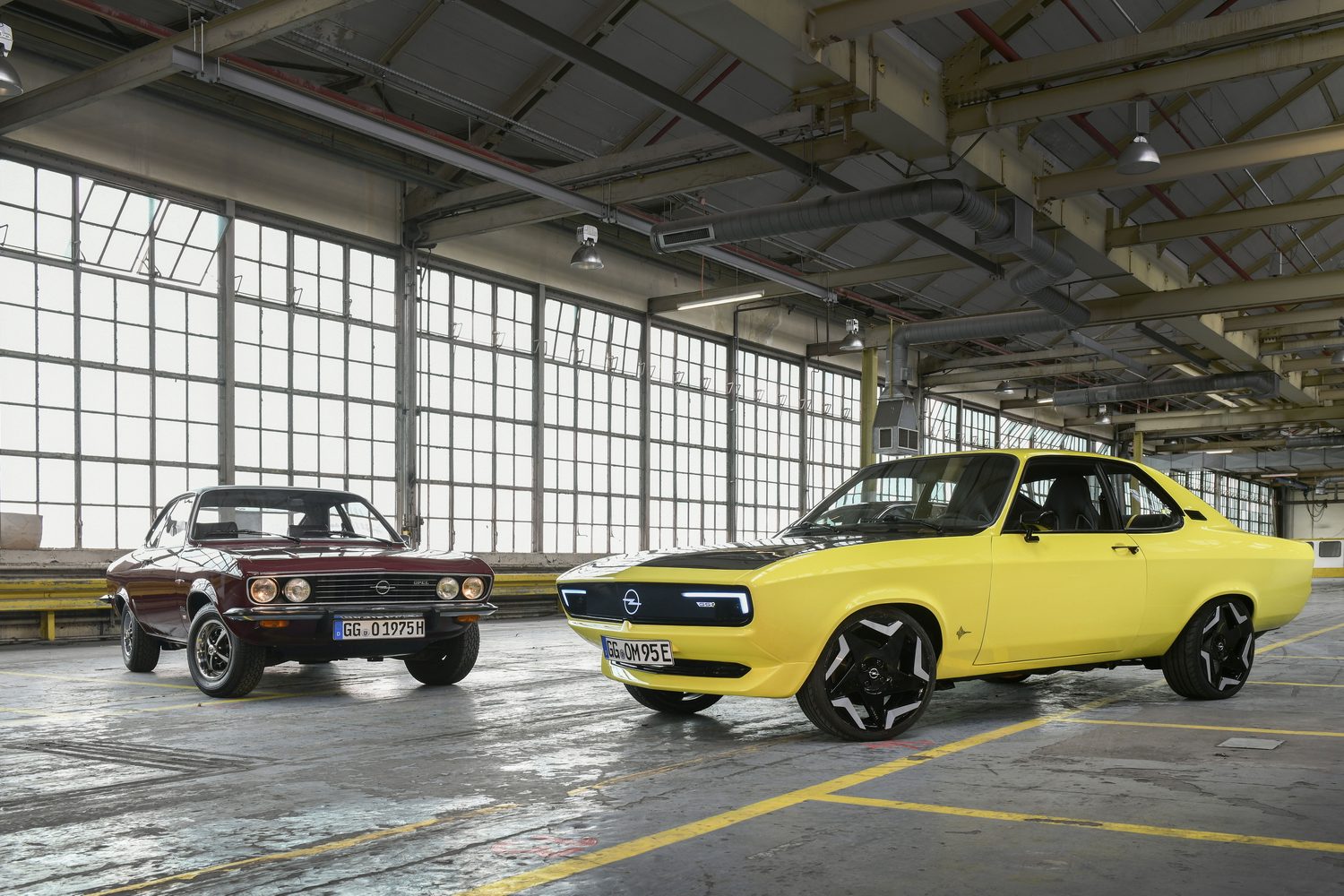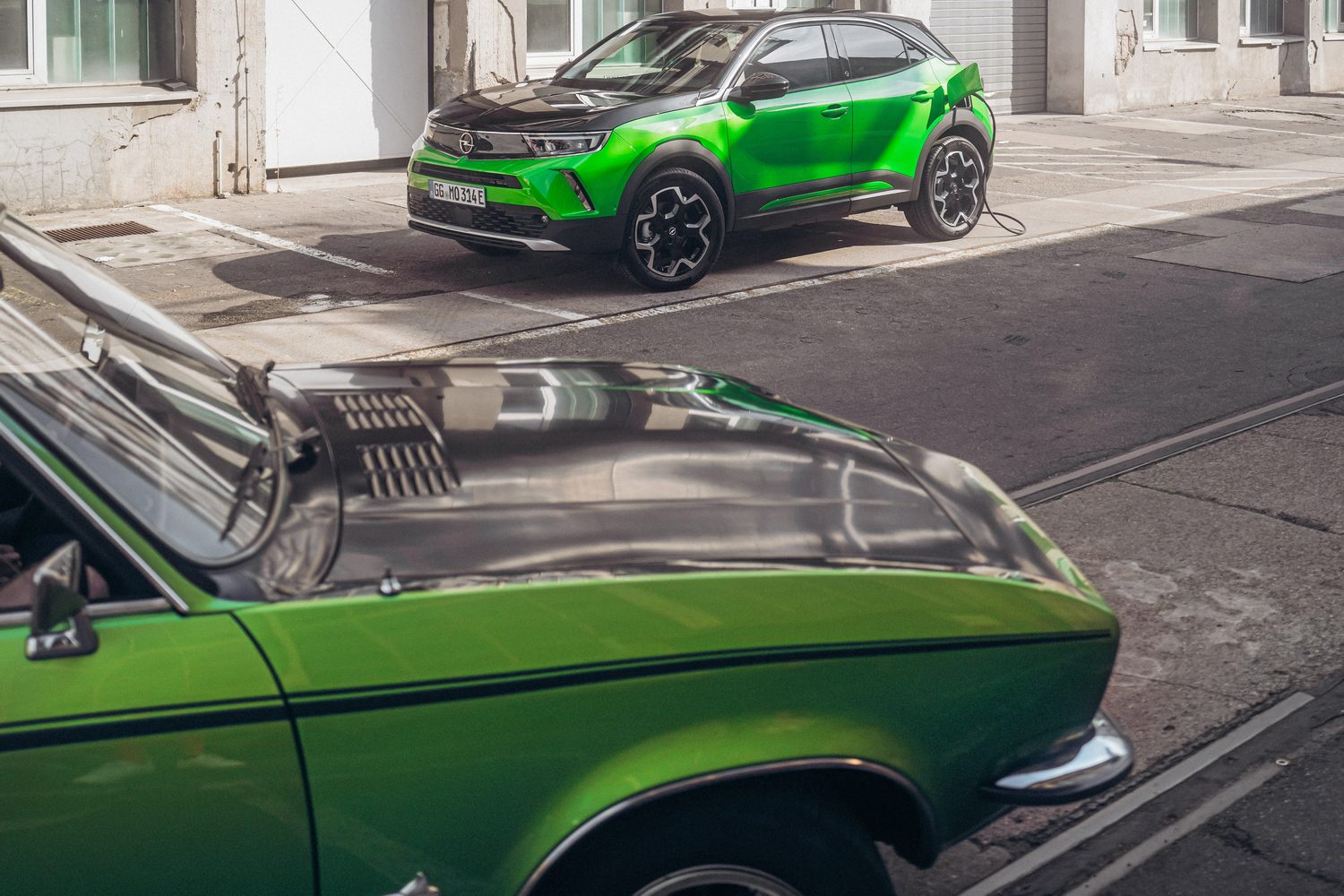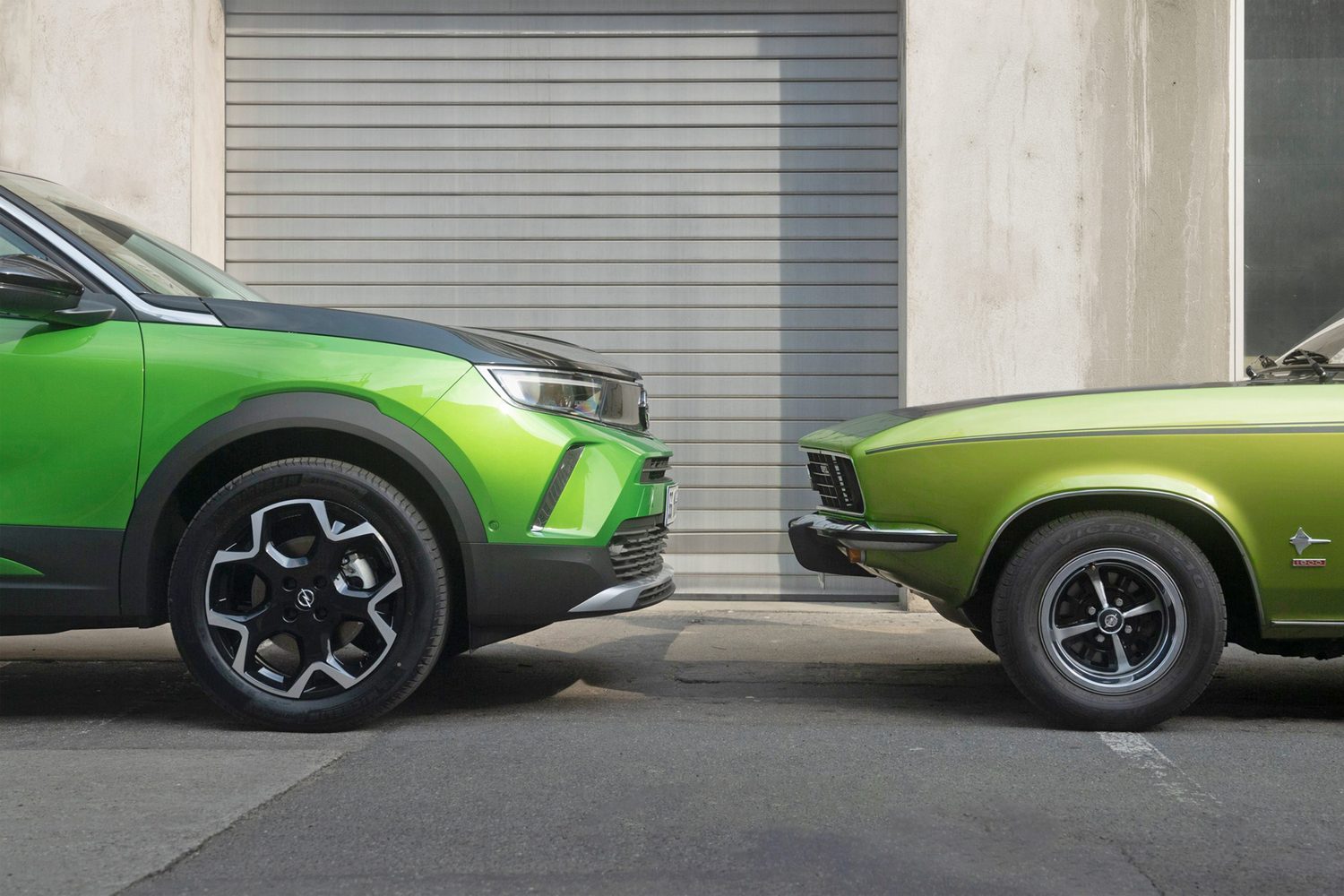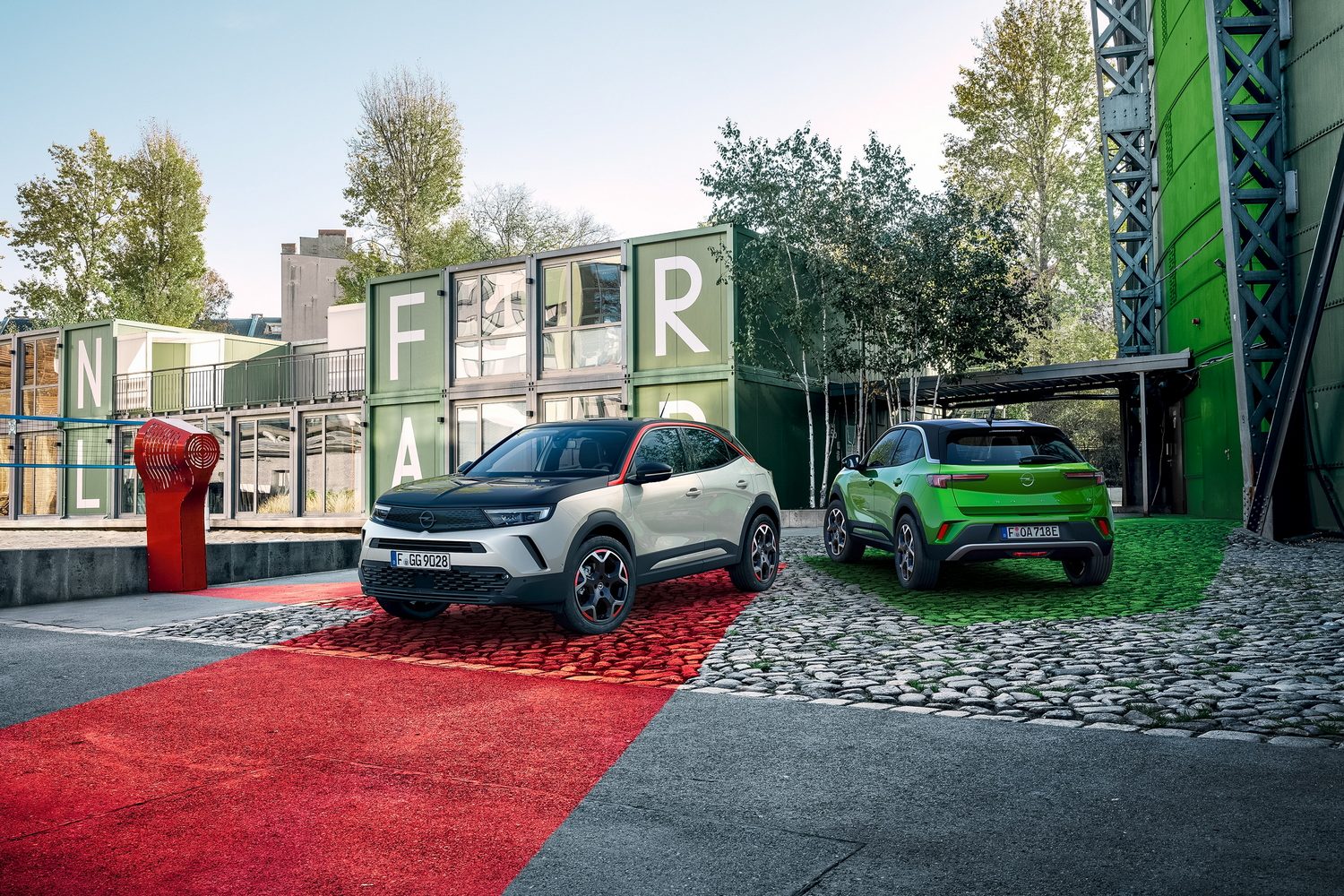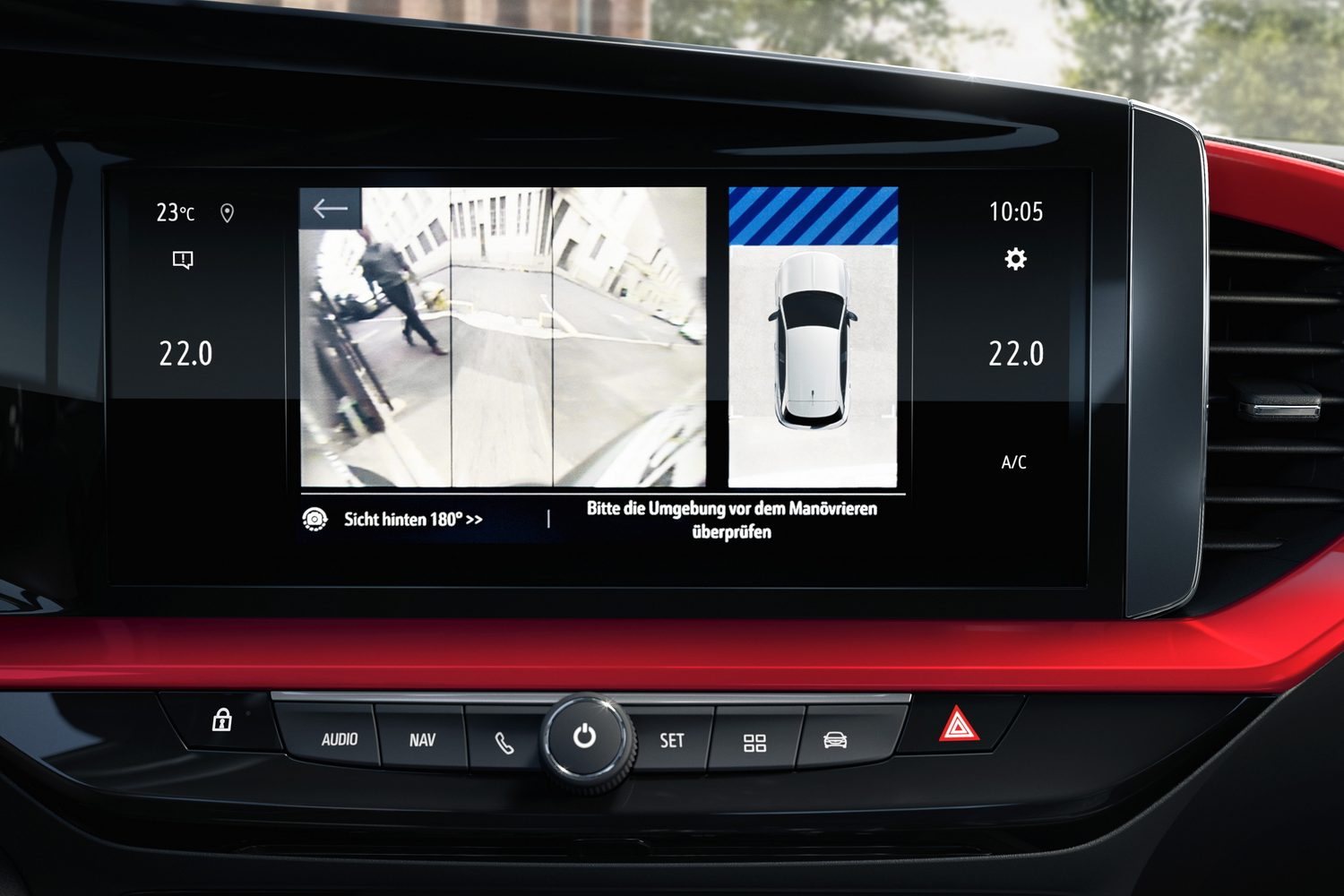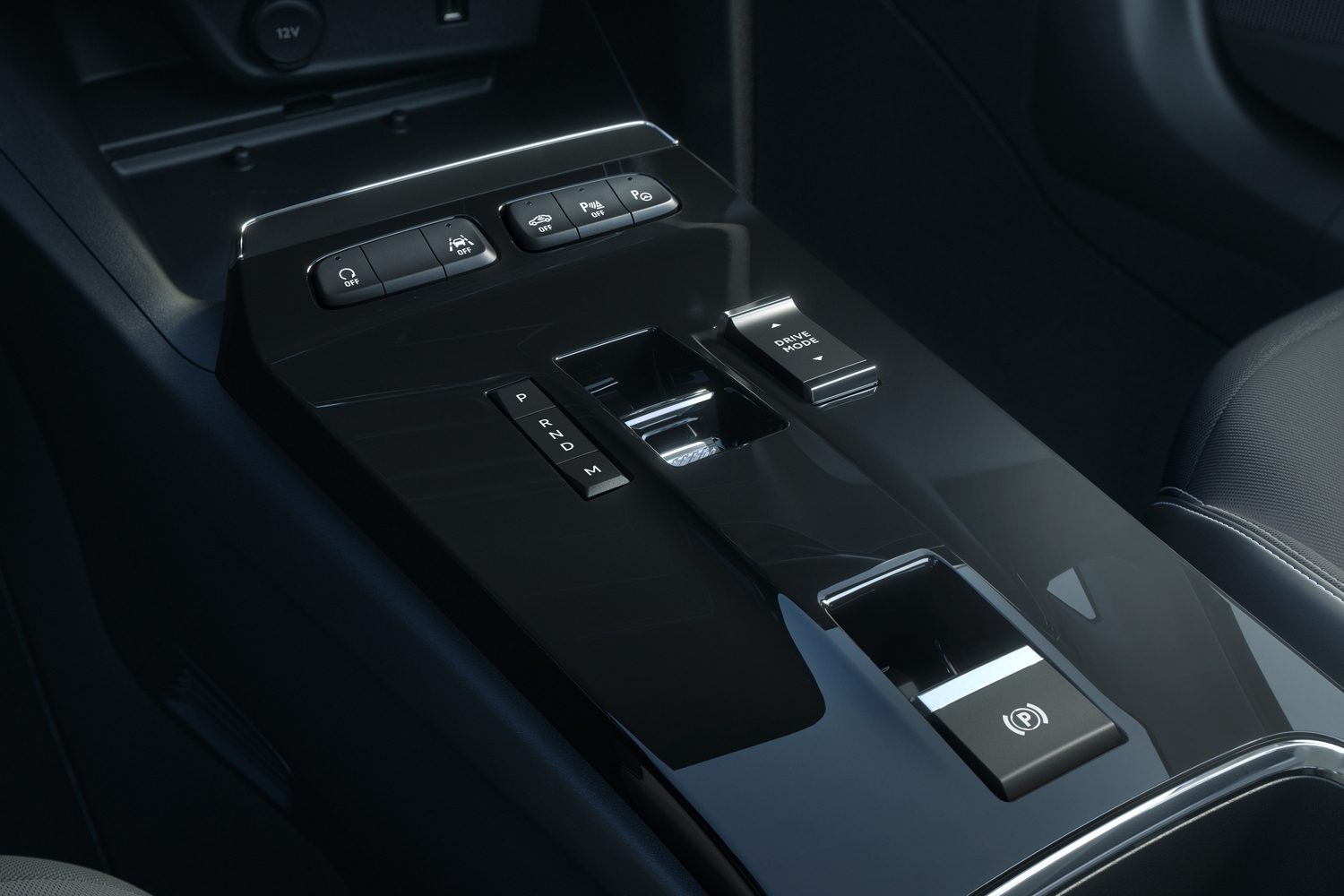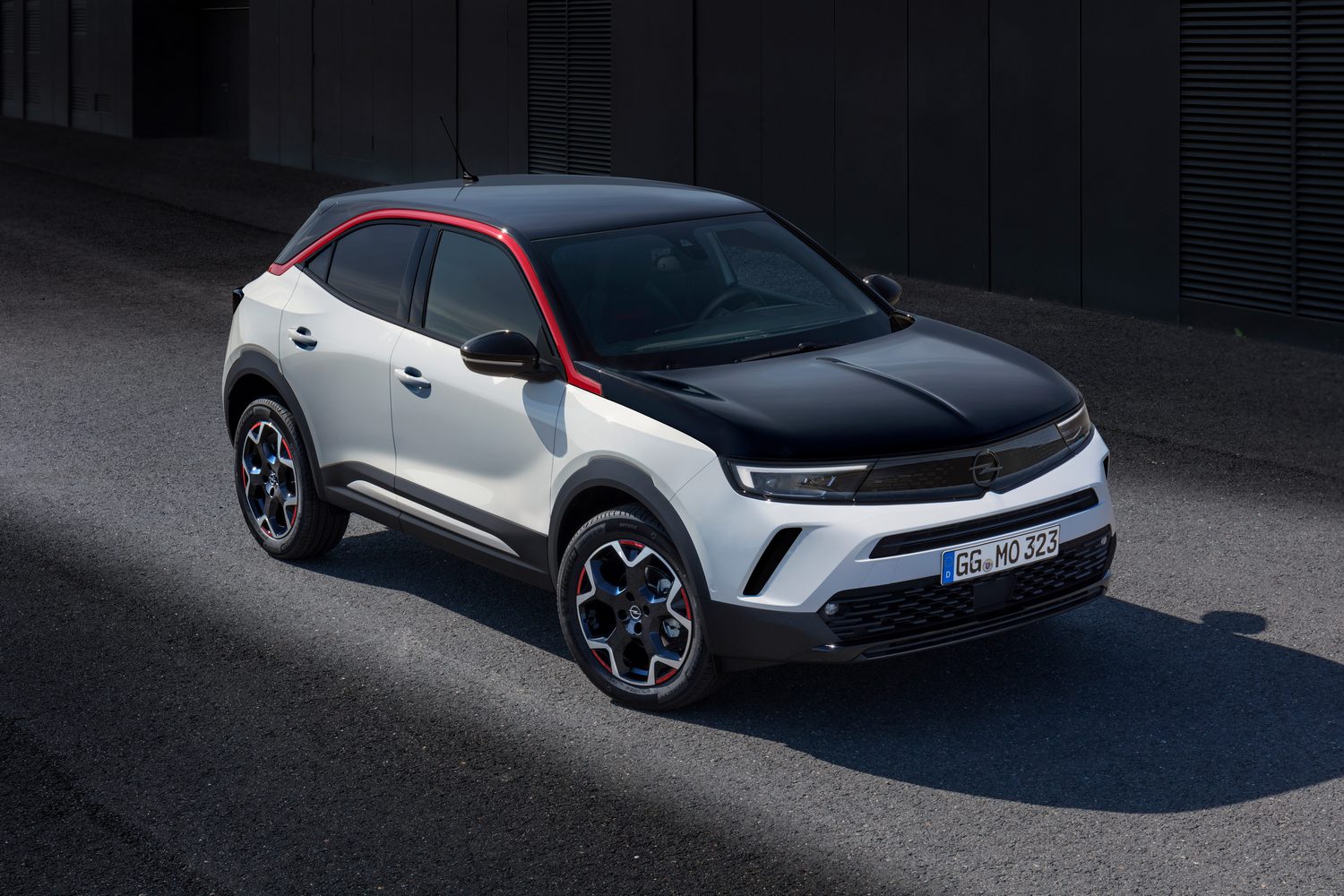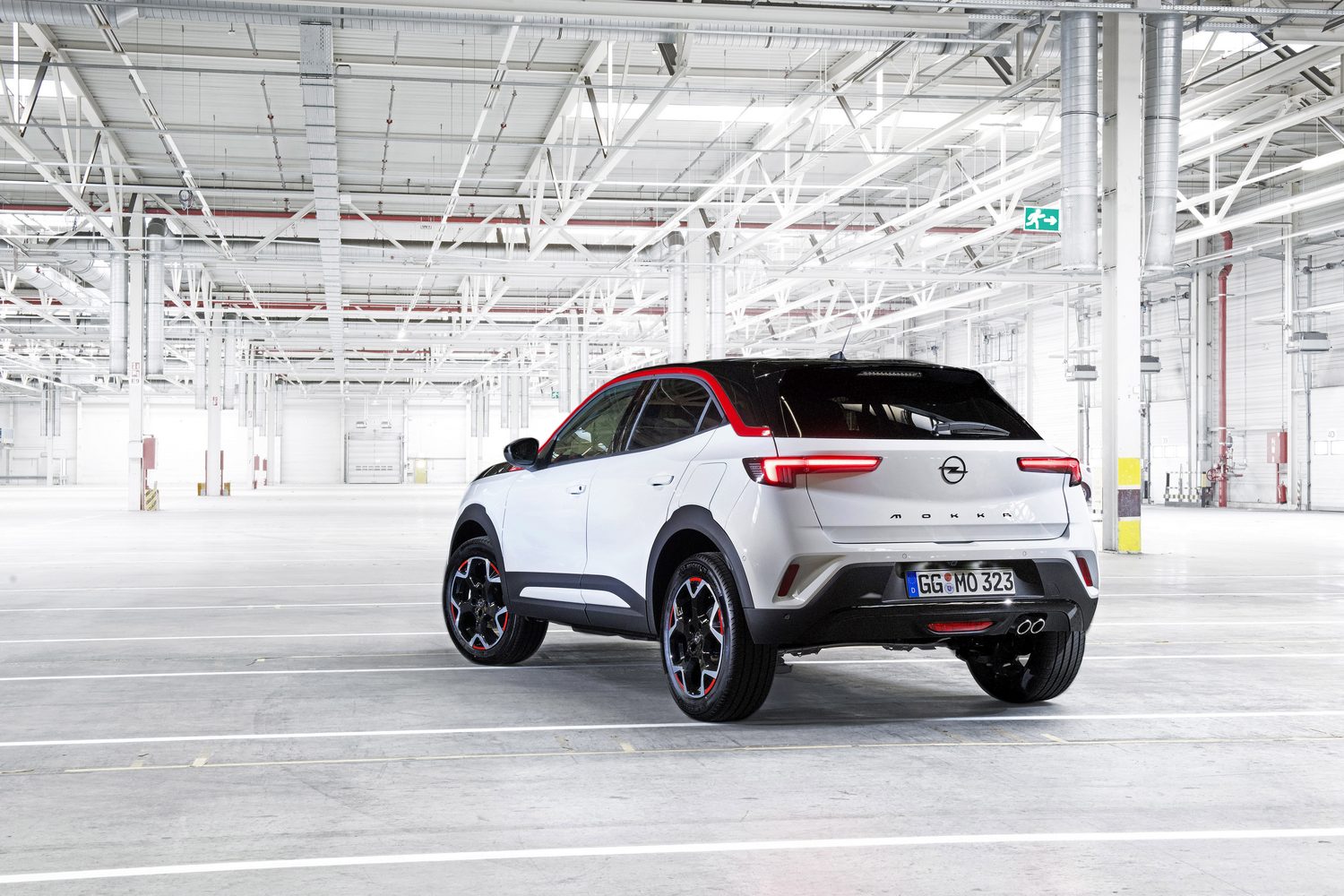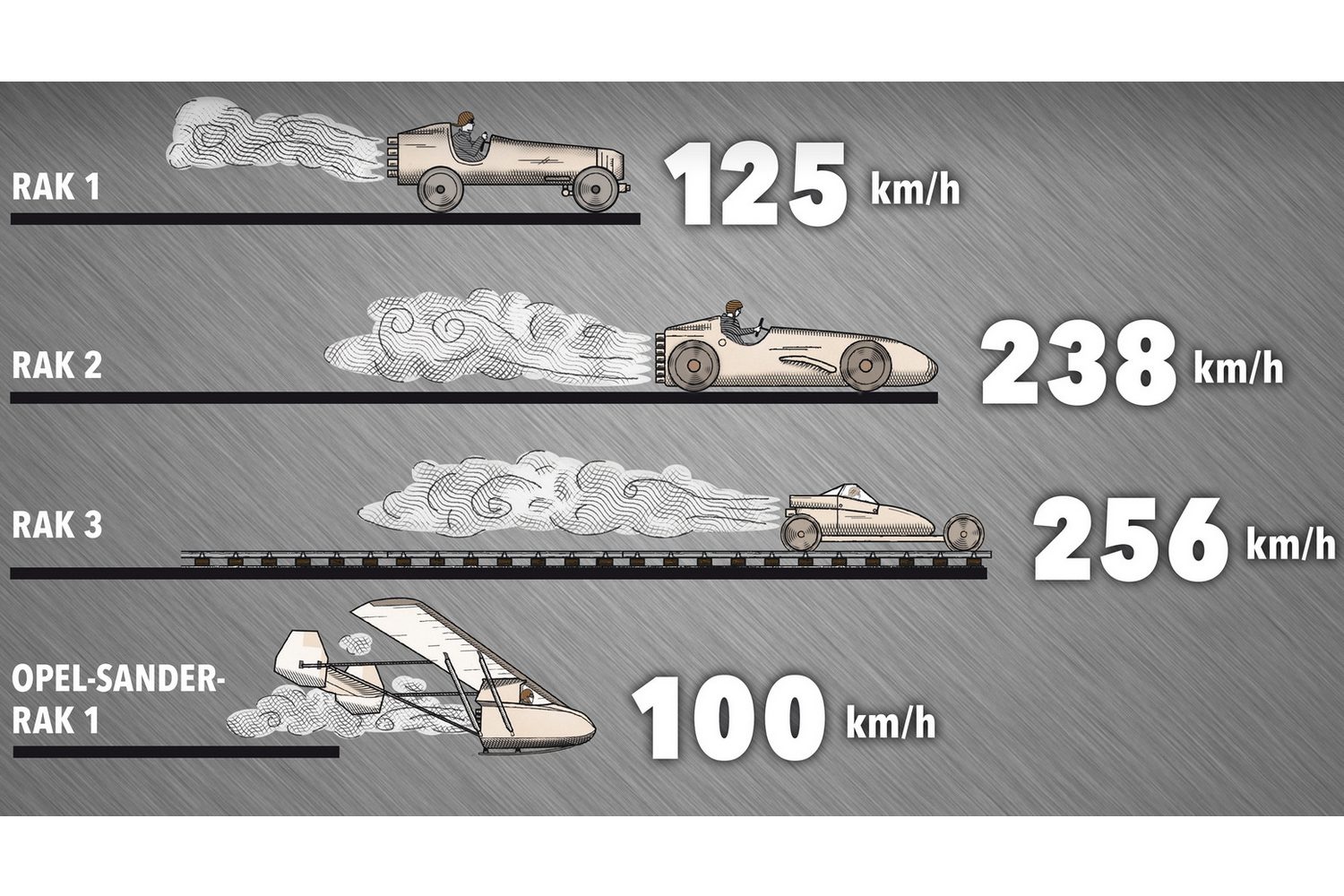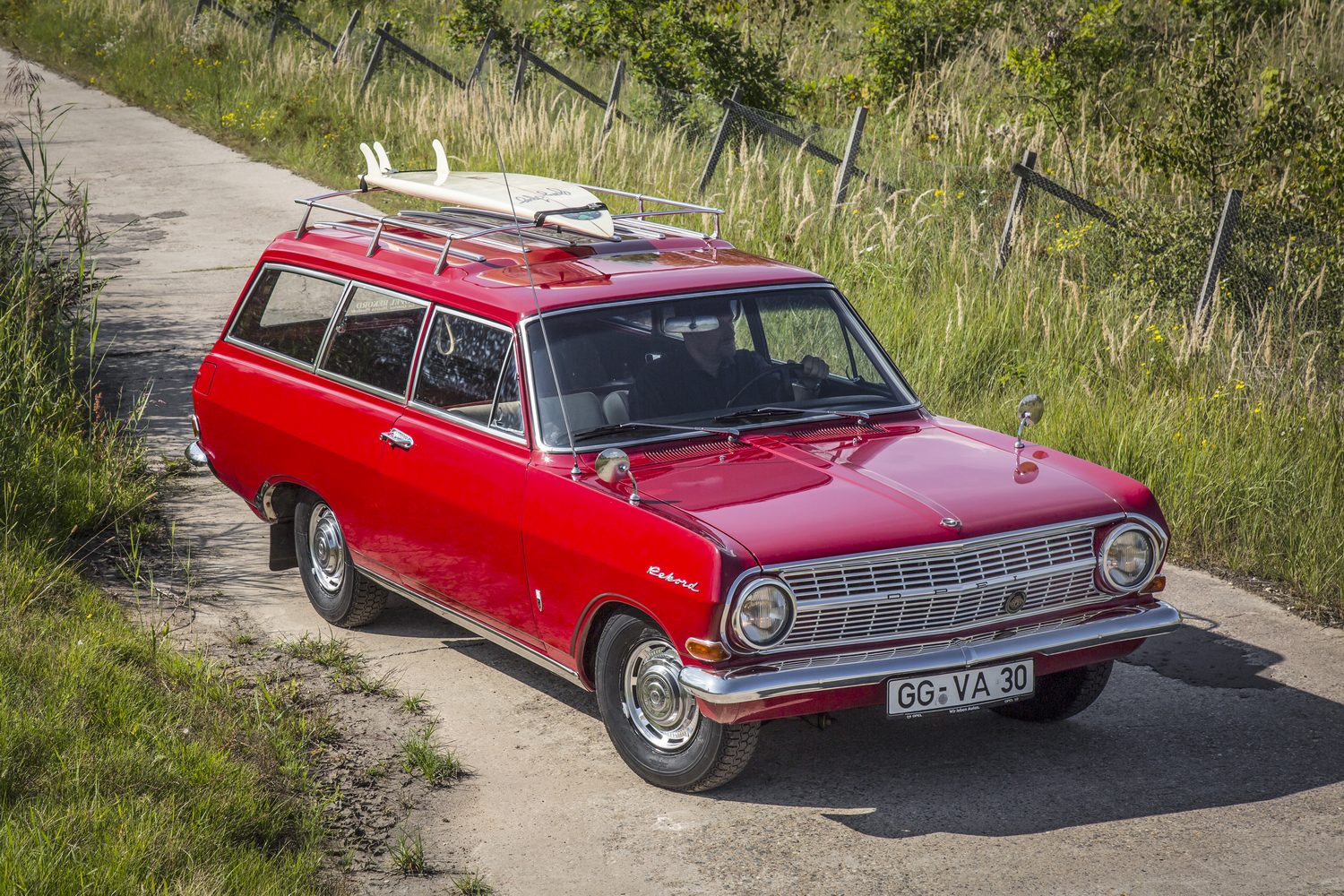You never forget your first sighting of one. Impossibly low and sleek, with styling that, back in the 1990s, seemed from another world. It slinked into the little village in which I grew up - all but inevitably it was red - and slinked out again, carving through the air without seeming to disturb a single molecule. I fell hopelessly in love.
No, I'm not talking about a Ferrari. Nor a Porsche. Definitely not a Rolls-Royce. I'm talking about an Opel Calibra, the incredibly sleek coupe that the German brand built in the 1990s as a successor to the classic Manta.
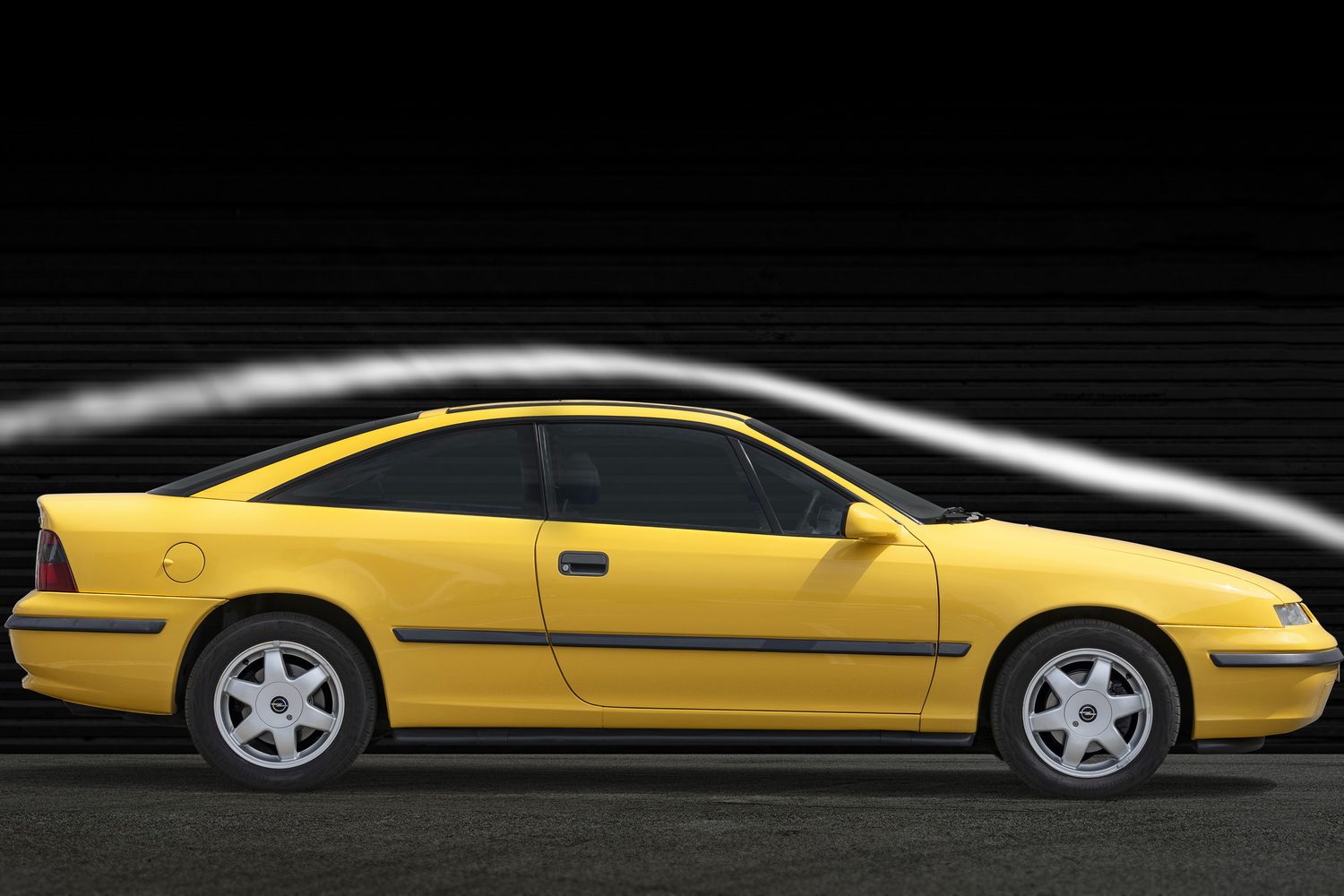
Incredibly sleek? Oh yes - the Calibra was famed at the time for having a drag coefficient of just 0.26. That's a figure that many modern cars struggle to match even after thirty years of development.
A history of disruption
We tend to think of Opel as being a solid and sensible kind of brand, the company that makes the family-friendly Astra or the affordable Corsa, but while that's true, it's not the whole truth. Opel has, ever since it first started making cars, been a disruptive and creative force, and that tradition is something that's being referenced in its new line-up of cars.
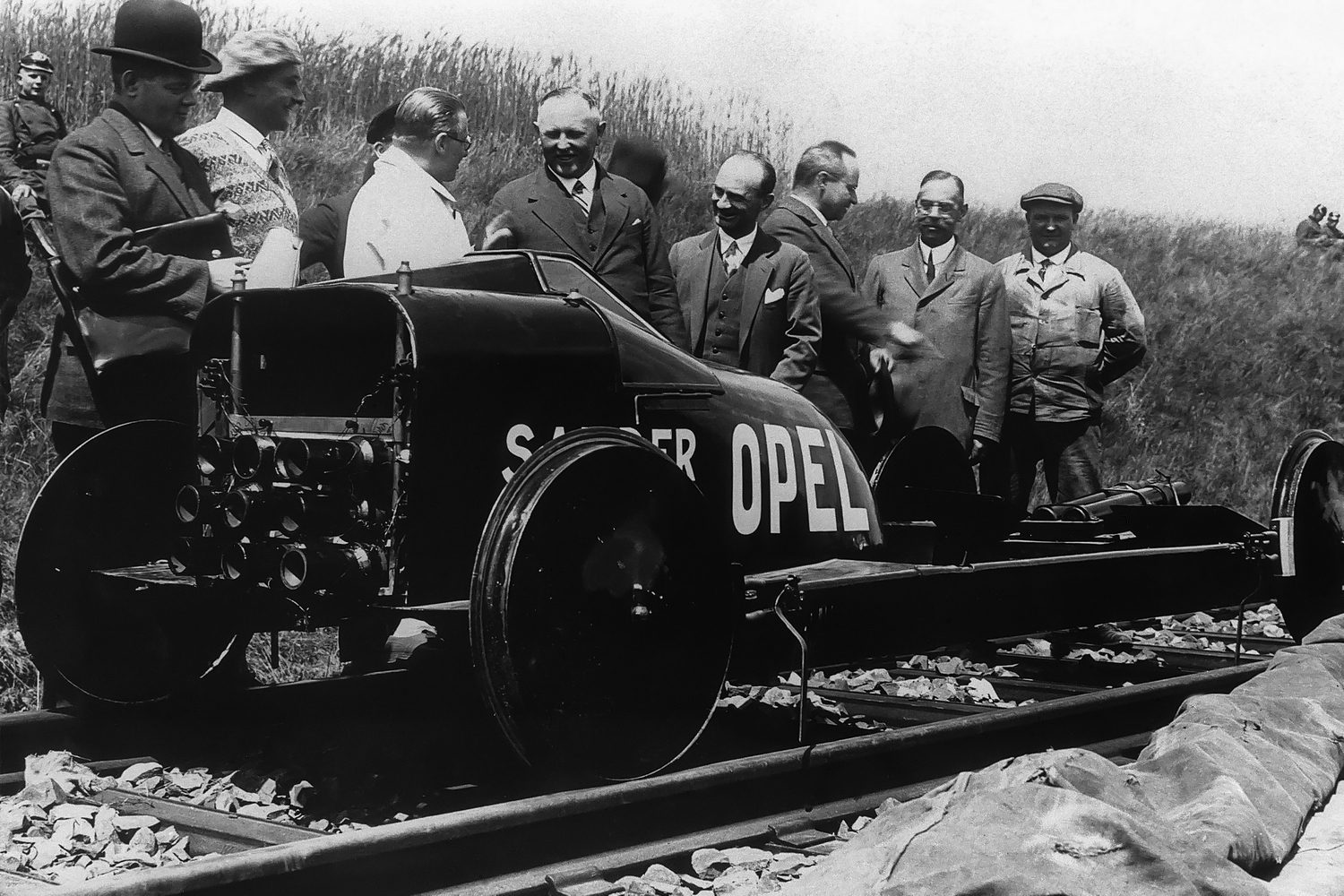
Disruptive? Well, yes - back in the 1920s, Fritz von Opel actually designed rocket-powered cars. No, really. The RAK.3 that he built actually hit a giddy 256km/h, back at a time when most cars were running at about the speed of a well-fed horse.
The US influence
Because Opel had strong connections across the Atlantic for many years, there's a lovely, rich seam of US influence in its designs from the 1950s and 1960s. Go and check out the 1958 Opel Kapitän for a slice of utterly gorgeous Americana, served up with German quality. Even the humble Rekord saloon, produced at the same time, has a faint hint of Hollywood glamour about it.
Of course, the ultimate Opel design icon from back then is the GT, the diminutive coupe with its pop-up (actually roll-over) headlights that's a clear tribute to the Chevrolet Corvette, but is equally gorgeous in its own right.
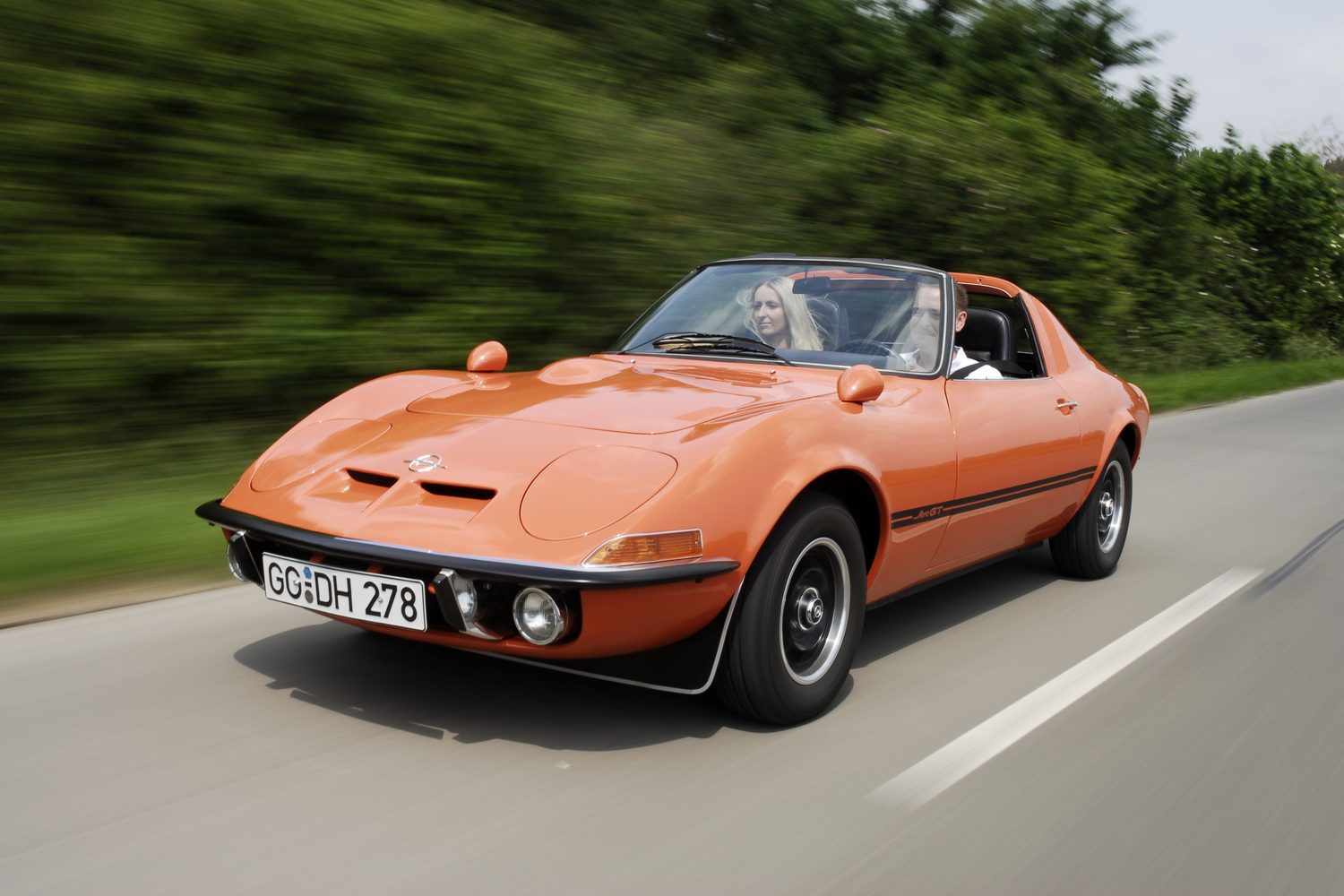
It's worth checking out the Opel Classic collection online for a lot more on the brand's history and virtual tours of the museum, too.
Sadly, last year, the GT's designer, Erhard Schnell, passed away but according to Friedhelm Engler - Opel's current design director - Schnell's influence and that of the GT live on: "He was a quiet man. Terse, direct and distinguished are words that describe him. In addition, he always knew exactly what he wanted and had natural authority" said Engler.
"With the GT Concept we took the form and design, i.e., the original DNA from Erhard's Opel GT, and updated it, giving it a more modern look. We then took the new design and upgraded it to create the Opel GT X Experimental. This recent design study is our vision, our compass, and the face of the brand for all upcoming models. When future Opels roll off the assembly line, the spirit of Erhard Schnell shall live on in them."
The Manta
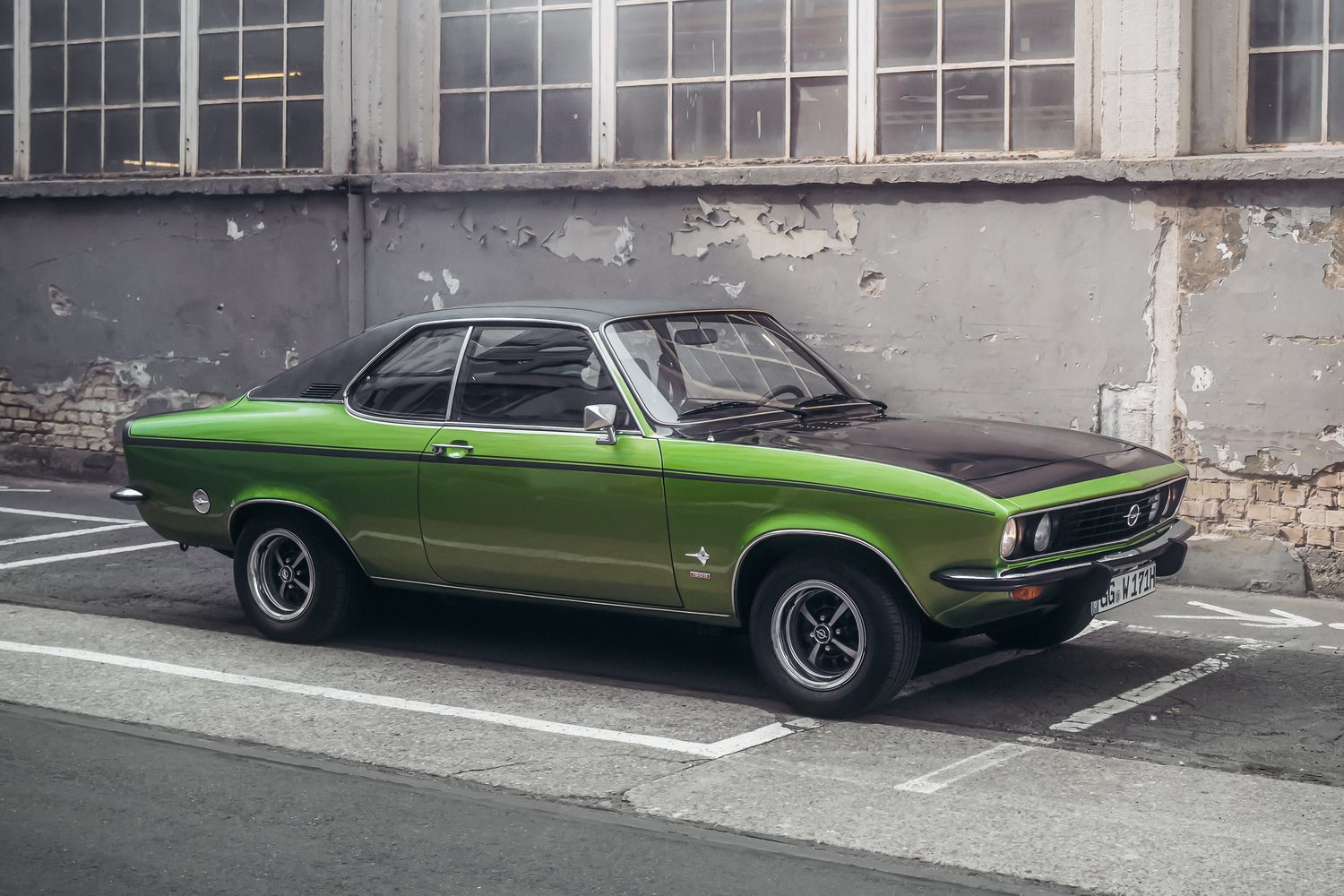
It's arguably the GT's successor, the Manta, that is the more influential of the two cars, though. Fifty years ago, the first-generation Manta was launched, and again it was brimming with US influence in its clean, crisp lines and sporty stance. A well-kept first-gen Manta is a rare thing, these days, but it's still a gorgeous car. I got lucky enough to drive one recently, and from the lovely arrangement of the grille and lights, through to the fabulously soft corduroy of the seats, it was an utter delight. It wasn't slow, either, in spite of having a fraction of the horsepower of 2021 successors.
It's that combo of lights and grille that make the Manta so influential. Opel has decided to take that Manta front-end shape and modernise it for its new line-up of cars. Called the 'Opel Vizor' it can be seen on the front of the new Mokka (winner of Top Gear's 2021 "Design of the Year" award no less), Grandland, Crossland and the upcoming new Astra hatchback and estate. It's a little slice of seventies magic made modern.
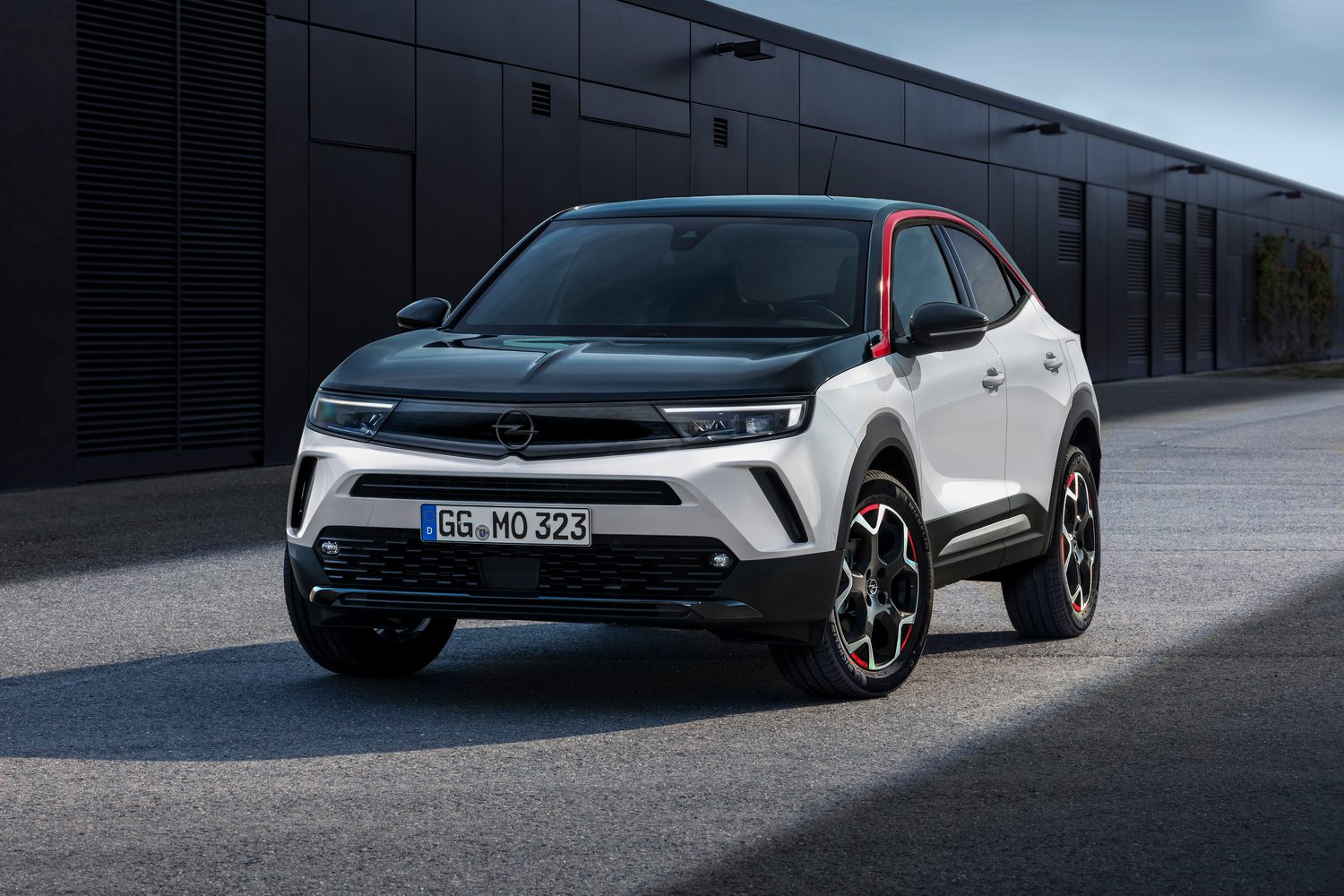
Staggeringly, considering its modern-day influence, the original Manta was designed in an impossibly brief time. According to George Gallion, who styled the first Manta: "I had a 'Summer of Work' in 1969. My boss at the time, Chuck Jordan, had given me the job of developing a competitor to the Ford Capri. Chuck went on vacation with the words: 'When I come back, it has to be finished.' We had six weeks. But of course the spirit of the times influenced our work. It was a progressive time - we were looking for new shapes. During that summer, we left dated car design approaches by the wayside."
Opel Flash
At the centre of the 'Vizor' is the famed Opel badge, the lightning flash. "The surrounding ring is now slimmer, more elegant, more precise and more distinctive. This emphasises the flash even more," says Vice President Design, Mark Adams. "All details are super sharp with a very small radius. The 'Opel' lettering is integrated in the lower part of the ring - like a fine engraving in a piece of jewellery. That shows pure German precision."
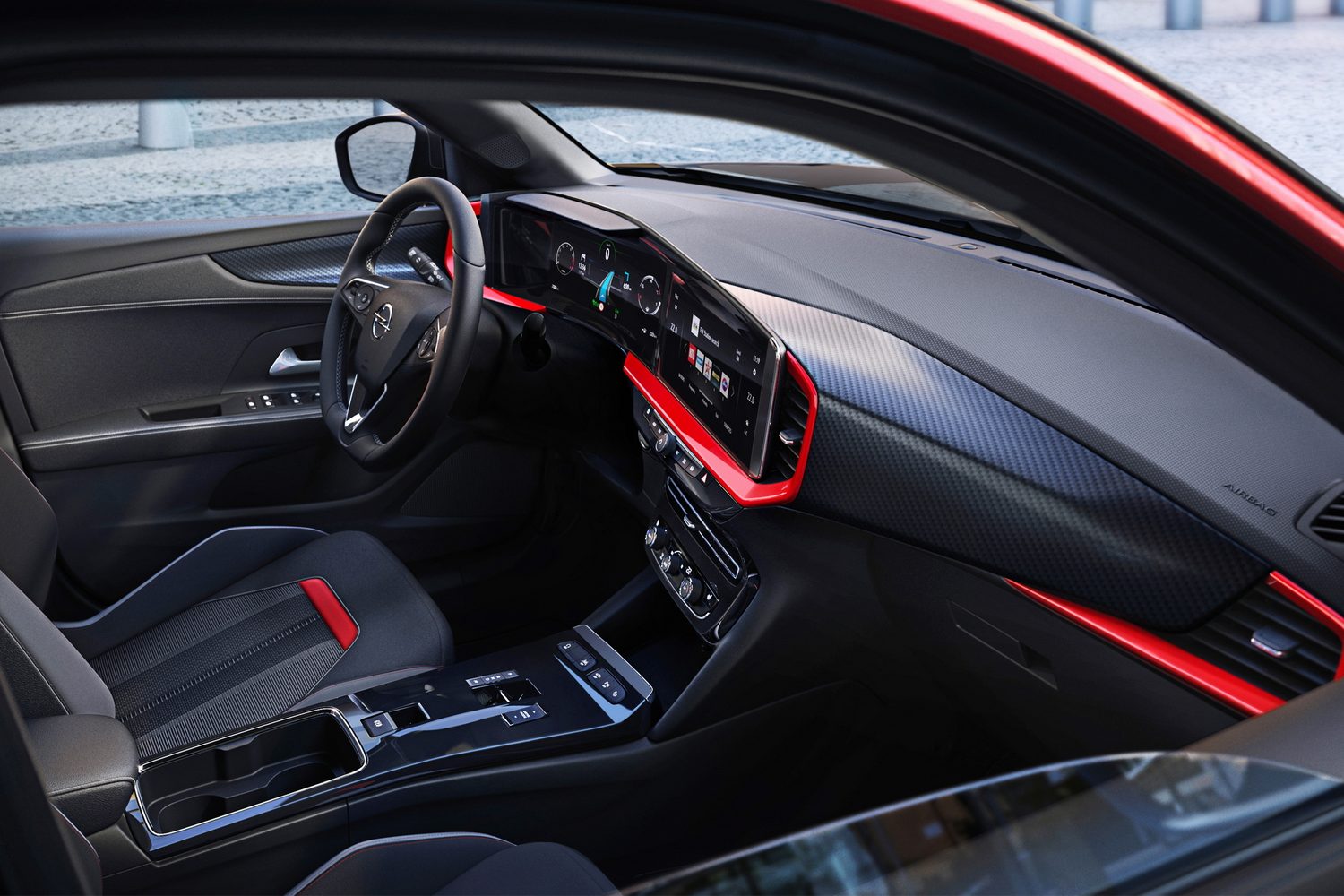
It's a nice touch, and so too is the new 'Pure Panel' digital dashboard, which has a shape so clean and handsome that it works equally well in a Mokka or in an original Manta, re-engineered to be a fully-electric car (see our drive of the wonderful Manta GSe ElektroMod). That's a one-off, but it reawakens the Manta name, which will be returning to our roads in 2025 as an all-new, all-electric model.
Will that new Manta be as eye-grabbing as the original? Or as hopelessly pretty as that bright red Calibra that so enticed a teenage me? I wouldn't bet against it...

